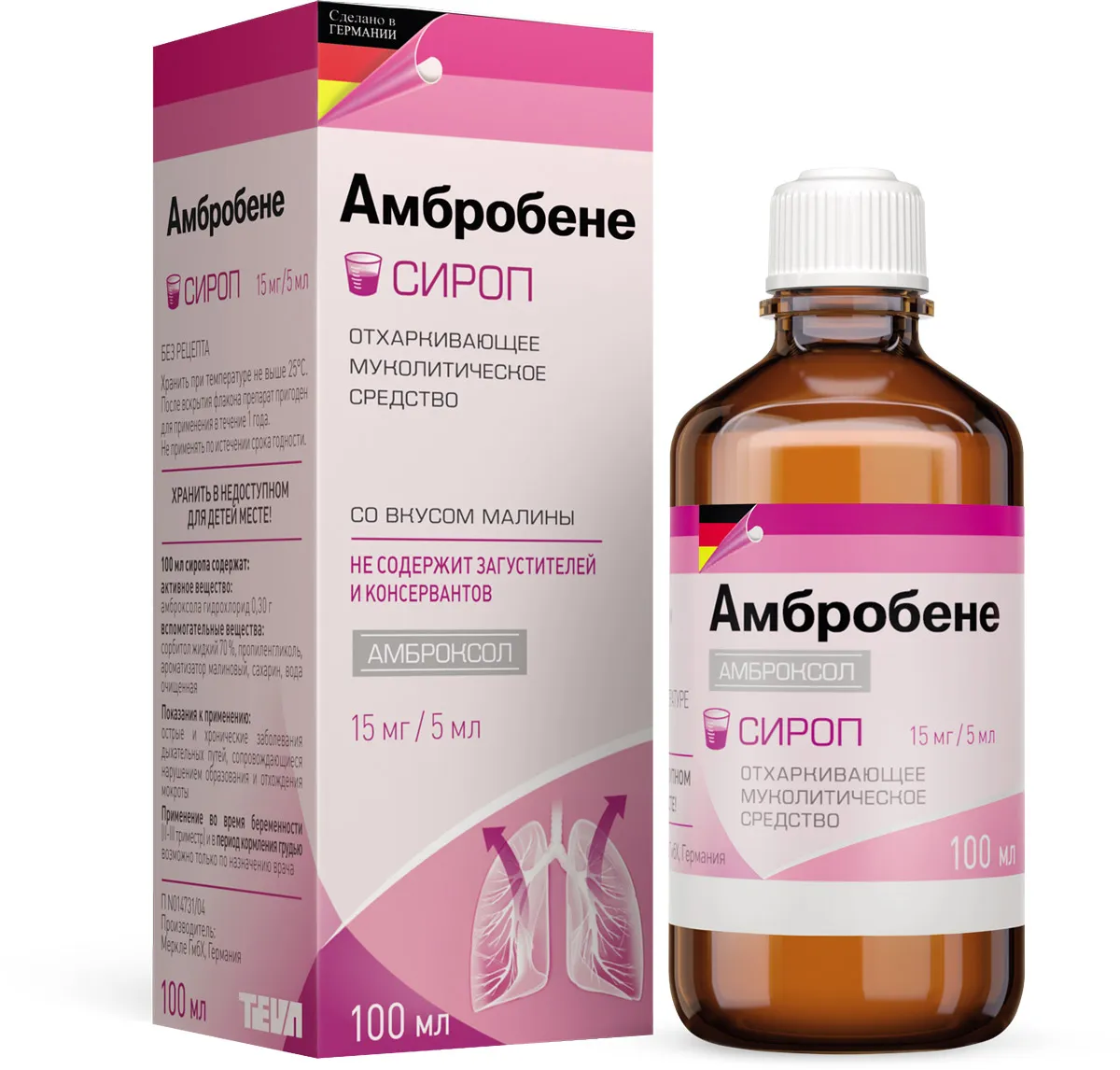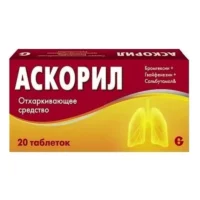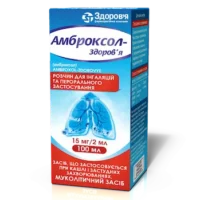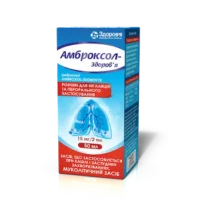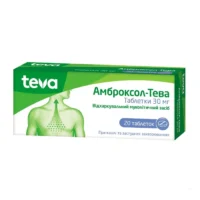Description
Ambrobene Syrup (Ambroxol Hydrochloride) 15 mg/5 ml – 100 ml
Composition
Ambroxol Hydrochloride
Mechanism of Action
Ambroxol acts as a mucolytic agent by stimulating the production of pulmonary surfactant. This action reduces the viscosity of mucus, facilitating its clearance from the airways. Additionally, ambroxol exhibits antioxidant and anti-inflammatory properties, contributing to the management of respiratory conditions.
Pharmacological Properties
Ambrobene syrup contains ambroxol hydrochloride, which enhances the production of surfactant in the lungs. This mechanism helps in clearing mucus and improving respiratory function. The syrup also aids in reducing mucus viscosity, making it easier to expel from the respiratory tract.
Indications for Use
Ambrobene syrup is indicated for the treatment of respiratory diseases characterized by abnormal mucus secretion and impaired mucus transport. It is beneficial in conditions where mucus clearance is compromised, such as bronchitis, asthma, and other respiratory infections.
Contraindications
Ambrobene syrup should not be used in individuals with a known hypersensitivity to ambroxol or any other components of the product. Patients with a history of allergic reactions to ambroxol should avoid using this medication.
Side Effects
Common side effects of Ambrobene syrup may include gastrointestinal disturbances such as nausea, vomiting, or diarrhea. Allergic reactions like skin rash or itching may also occur in some individuals. If any adverse effects persist or worsen, discontinue use and seek medical advice.
Usage Instructions
For adults and children over 12 years, the recommended dosage is 10 ml (equivalent to 30 mg ambroxol hydrochloride) three times daily. Children aged 6-12 years should take 5 ml (equivalent to 15 mg ambroxol hydrochloride) two to three times daily. Shake the bottle well before each use and use the provided measuring cup for accurate dosing. Ambrobene syrup can be taken with or without food.
Benefits Compared to Analogues
Ambrobene syrup offers effective mucolytic and expectorant properties similar to other medications in its class. However, it stands out for its well-documented safety profile and proven efficacy in improving respiratory function. Comparative studies have shown ambroxol to be as effective as alternative mucolytic agents but with a more favorable side effect profile, making it a preferred choice for many patients.
Suitable Patient Groups
Ambrobene syrup is suitable for a wide range of patient groups, including children and the elderly. The dosages are adjusted based on age to ensure optimal efficacy and safety. Pediatric patients benefit from the lower concentration of ambroxol, making it suitable for their respiratory needs. Elderly individuals can also use Ambrobene syrup under proper medical supervision.
Storage and Shelf Life
Store Ambrobene syrup at room temperature, away from direct sunlight and moisture. Ensure the bottle is tightly closed when not in use to prevent contamination. Check the expiration date on the packaging and do not use the syrup beyond the stated shelf life.
Packaging Description
Ambrobene syrup is available in a 100 ml bottle with clear dosing instructions on the label. The packaging includes a measuring cup to facilitate accurate dosing. The bottle is designed to maintain the integrity of the syrup and protect it from external factors that could affect its stability.
Clinical Evidence and Proven Effectiveness
Ambroxol, the active ingredient in Ambrobene syrup, has been the subject of numerous clinical studies evaluating its efficacy in respiratory conditions. Research has demonstrated that ambroxol enhances surfactant production in the lungs, aiding in mucus clearance and respiratory function improvement. Clinical trials have shown significant benefits in reducing the severity and duration of respiratory infections with the use of ambroxol.

